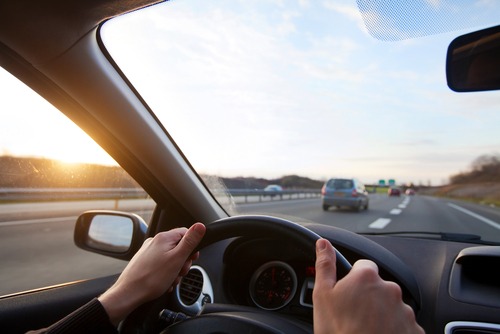
A new report from TRIP shows that as the summer travel season begins, vehicle travel has returned to near pre-pandemic levels, in some states surpassing them.
The Washington-based travel non-profit said in its “Transportation Impact and Implications of COVID-19 that while U.S vehicle miles of travel hit their lowest point in April 2020 at 40 percent below that of April 2019, by March 2021, VMT had rebounded to just 3 percent below March 2019 levels.
In fact, in 15 states – Montana, South Dakota, Idaho, Arizona, Nebraska, Oklahoma, Missouri, Arkansas, Utah, Tennessee, Wyoming, Texas, Alaska, Kentucky, and Iowa – the vehicle miles traveled (VMT) exceeded those of March 2019.
The report also found that the COVID-19 pandemic altered weekday traffic congestion patterns. While vehicle travel and congestion were drastically reduced during the early months of the pandemic, by early Spring 2021, evening rush hours had returned to pre-pandemic levels for the most part. Morning rush hours continue to be reduced, while mid-day traffic volumes are higher than those before the pandemic.
Estimates by the U.S. Bureau of Transportation Statistics (BTS) show that the share of Americans who say they are staying home and avoiding trips has also rebounded – from 21 percent in April 2019 to a peak of 29 percent in April 2020 and back to 22 percent in March 2021.
Day trips, BTS said, or trips that included at least one destination resulting in a stop of at least 10 minutes, declined by 38 percent between April 2019 and April 2020. However, by March 2021, that number had rebounded to only 12 percent below 2019’s.
The report noted the increase in the use of e-commerce and home deliveries, as well as remote working, and how working from home will free employees to live in lower density, more affordable areas. Those trends will require transportation policies post-pandemic to be more flexible.
“While future transportation trends in a post-COVID-19 world will likely take several years to fully emerge, we already see that vehicle travel is almost back to pre-pandemic levels – it is already higher in 15 states,” said Dave Kearby, TRIP’s executive director. “Meeting the nation’s post-COVID-19 mobility needs will require that increased federal and state transportation funding provide state and local governments the flexibility to determine how best to improve their transportation system.”